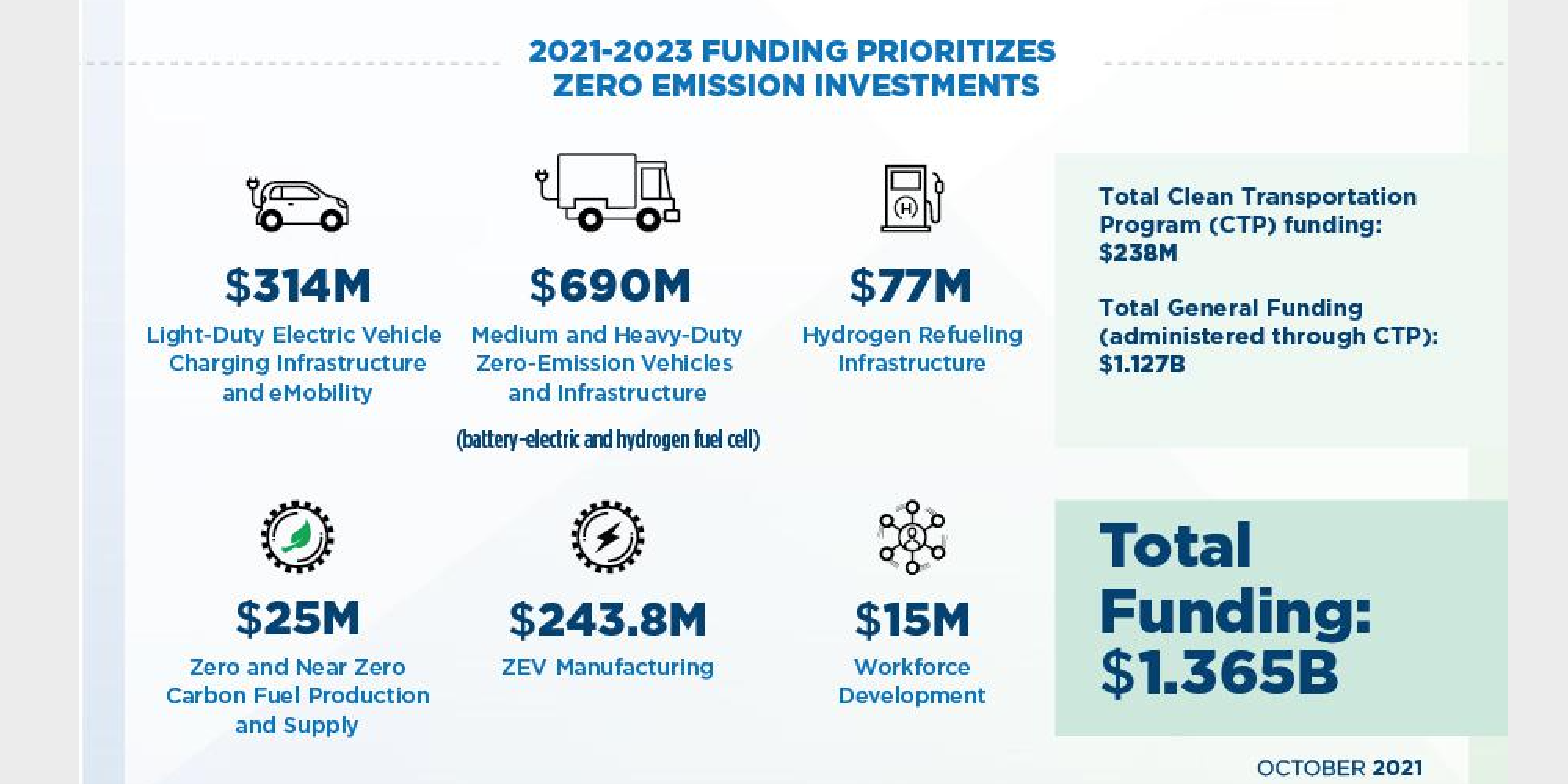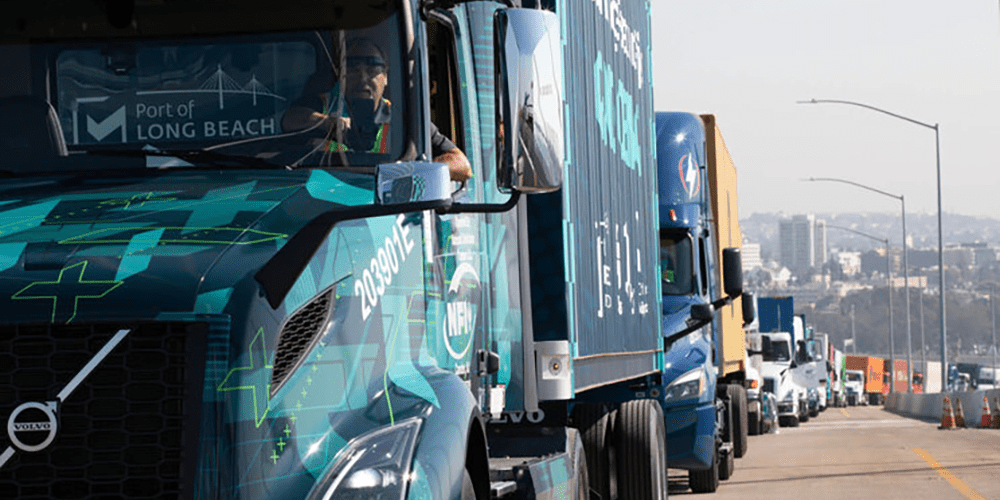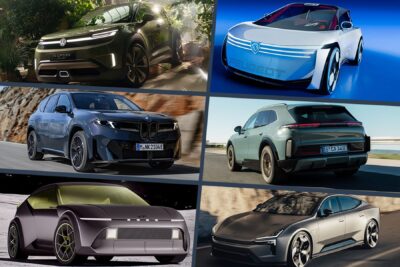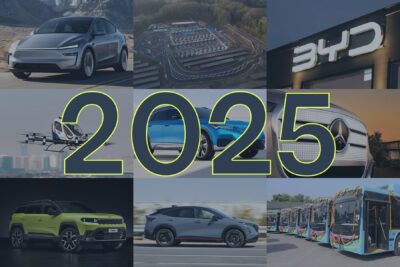California charges ahead with $1.4 billion plan
The California Energy Commission (CEC) has approved a three-year $1.4 billion plan so the state can achieve its 2025 electric vehicle charging and hydrogen refuelling goals.
The plan should enable the state’s zero-emission vehicle infrastructure build-out so that the targets set in Governor Gavin Newsom’s executive order for phasing out the sale of new fossil-fuelled vehicles are in fact met.
In order to make sure that the uptake of zero-emission vehicles is not inhibited by a lack of infrastructure, the funding will be allocated at the beginning of the process. Nearly 80 per cent of the funding will go to either charging stations or hydrogen refuelling stations. The remaining portion of the funding will be allocated to in-state ZEV manufacturing as well as workforce training and development, along with near- and zero-emission fuel production.
Priority has also been put on infrastructure for both medium and heavy-duty vehicles. This includes infrastructure for 1,000 emission-free school buses, 1000 zero-emission transit buses, and 1,150 emission-free drayage trucks.
Broken down further, this has been allocated into the following segements:$314 million for light-duty electric vehicle charging infrastructure, $690 million for medium- and heavy-duty zero-emission vehicle infrastructure (both battery-electric and hydrogen-powered vehicles), $77 million for hydrogen refuelling infrastructure, $25 million for zero-and near-zero-carbon fuel production and supply, $244 million for ZEV manufacturing, $15 million for workforce training and development.
Lead Commissioner for Transportation Patty Monahan says: “These dollars close the 2025 infrastructure funding gap so that access to charging and hydrogen fueling isn’t a barrier for those exploring cleaner transportation options including individuals, businesses and public agencies.”
The Californian government has said that the funds will become available over the next two years after which they will be distributed to selected projects through a mix of competitive funding solicitations and direct funding agreements.

Over the past two years, California has targeted not only CO2 emissions but also massive pollution problems, particularly around port areas where low-income areas are disproportionately disadvantaged by poor air quality from the thousands of heavy-duty vehicles travelling to and from ports. Here, the government quite clearly states “the CEC (California Energy Commission) remains committed to the goal of providing at least 50 per cent of funds from this plan to projects that benefit priority populations, including low-income and disadvantaged communities.”
To name individual projects that have been initiated in the last two years would take up pages of references alone. California is investing heavily in both hydrogen fuel cell vehicles and infrastructure as well as battery electric vehicles and charging infrastructure when it comes to buses and heavy-duty vehicles, and in battery-electric vehicles and charging infrastructure for electric commercial vehicles and cars.
The CEC also announced today that on Friday 19 November, the California Air Resources Board (CARB) will consider what they are calling a complimentary proposal for $1.5 billion in clean transportation incentives. This initiative will include investments in consumer vehicle rebates and heavy-duty and off-road equipment.





0 Comments